Eurozone PMI Services was finalized at 53.1 in December, down from November’s 55.9. PMI Composite was finalized at 53.3, down from November’s 55.4, lowest since March.
Looking at some member states, Ireland PMI composite dropped to 9-month low at 56.5. France dropped to 55.8. Spain dropped to 55.4, an 8-month low. Italy dropped to 54.7. Germany dropped to 49.9, an 18-month low.
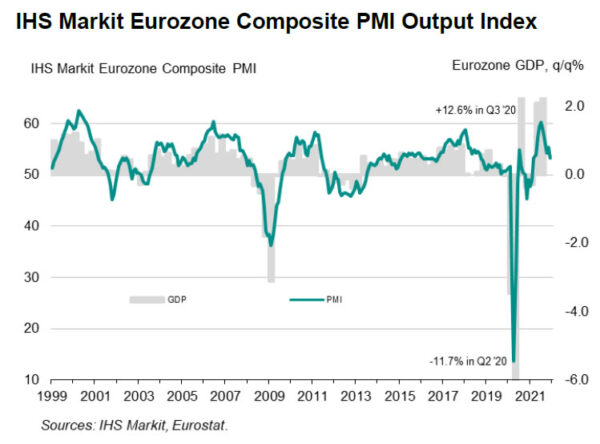
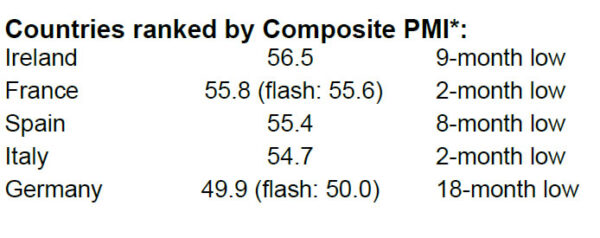
Joe Hayes, Senior Economist at IHS Markit said:
“The accelerated expansion in output we saw in November unfortunately turned out to be brief. Amid a resurgence of COVID-19 infections across the euro area, growth slowed to the weakest since March in December. In Germany, where measures to combat COVID-19 have been more stringent than other monitored euro area countries, levels of economic activity broadly stagnated in December. Nonetheless, slower growth was seen across the board.
“There was also little to cheer with regards to inflation. Although there was a marginal easing of price pressures, we’re still in excessively hot territory – increases in both input and output costs were the second-quickest on record… As euro area nations deal with the latest developments in the pandemic, it’s clear that risks to the economy are now greater as tighter restrictions to curb the spread of COVID-19 are more likely than they have been recently.”
Full release here.




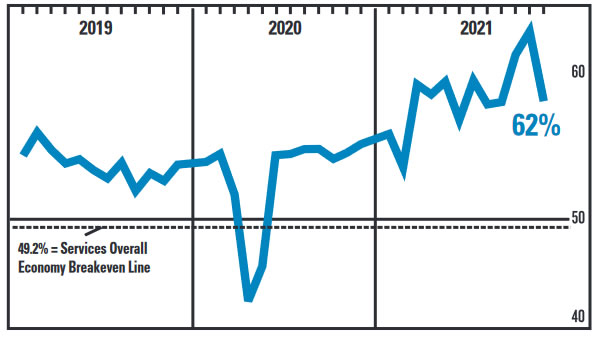
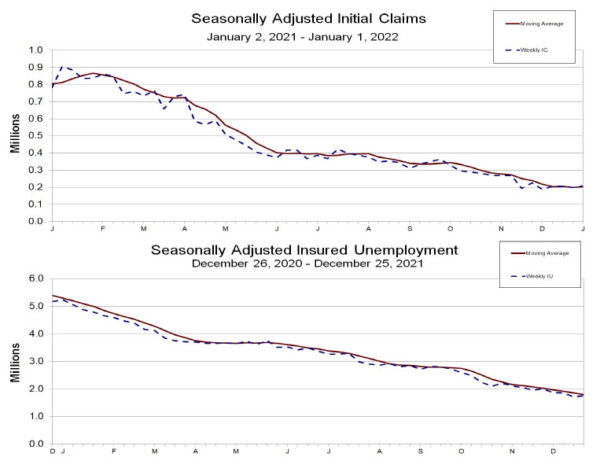
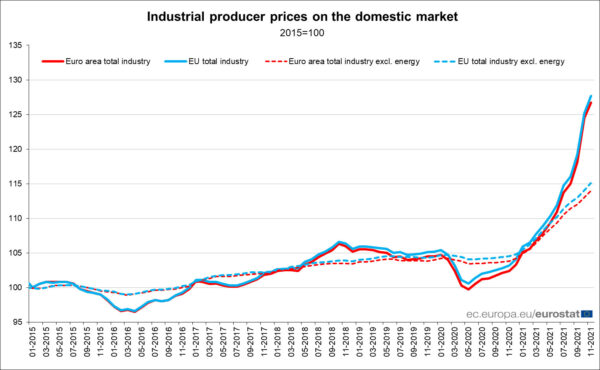
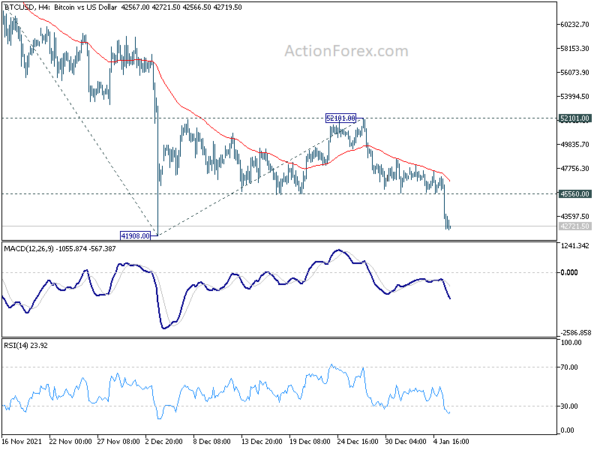
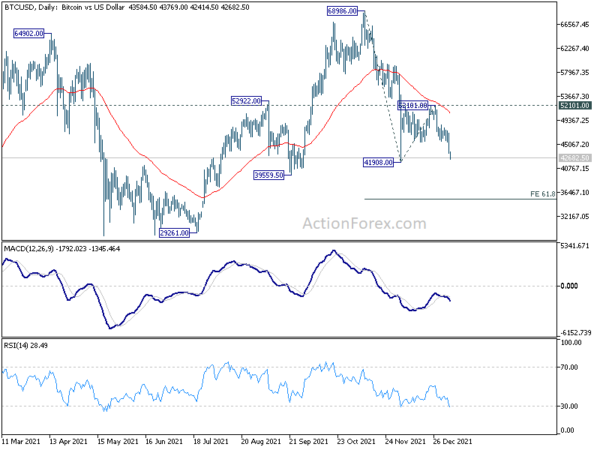
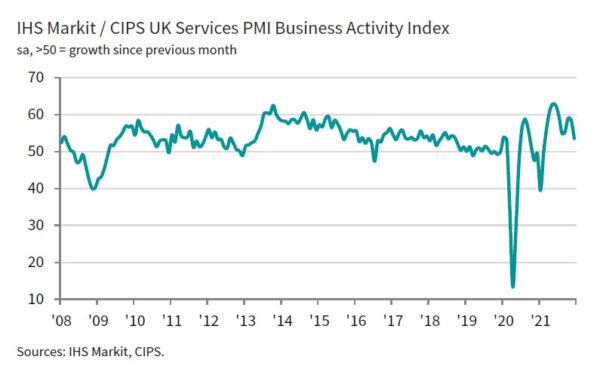
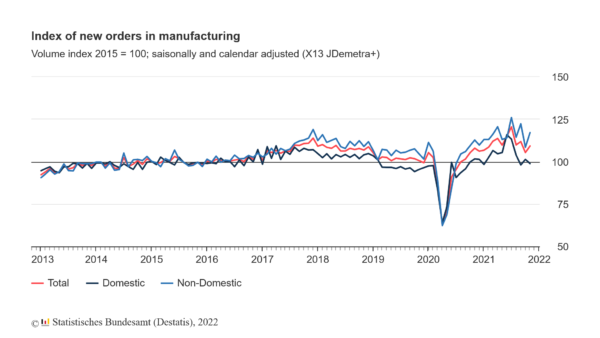
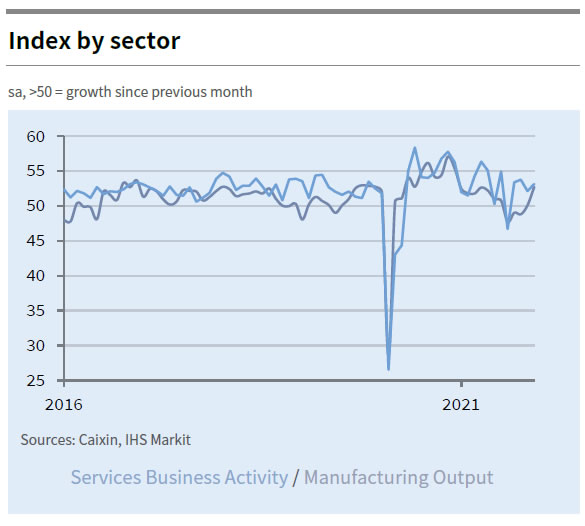
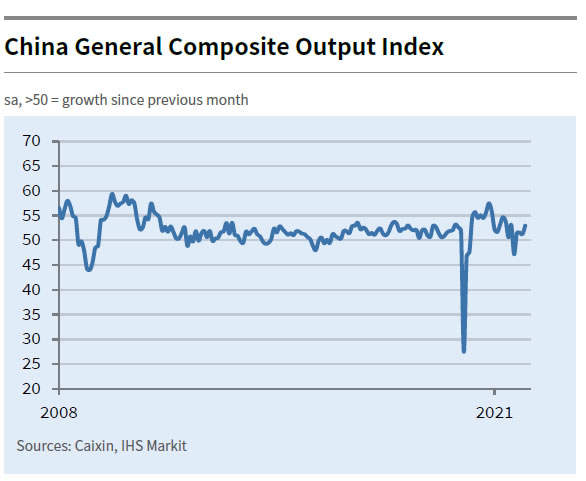
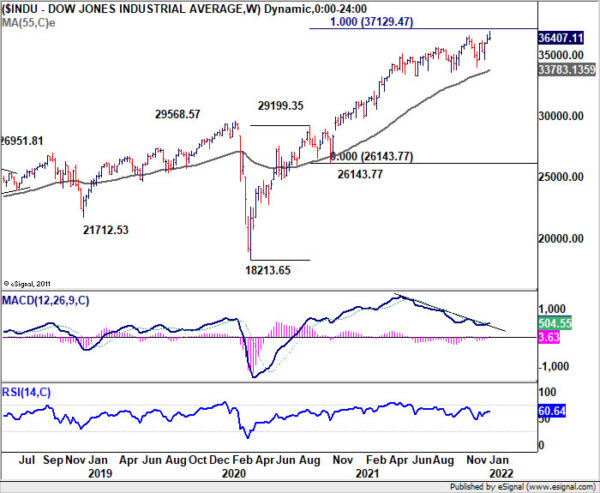
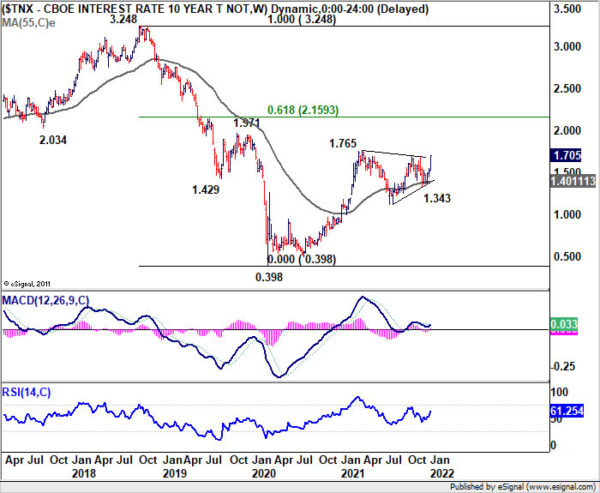
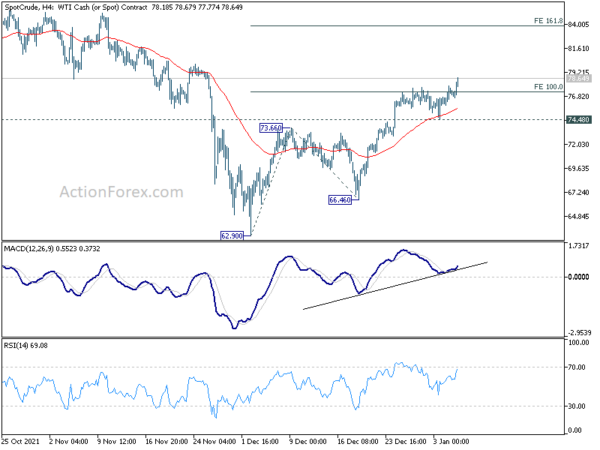
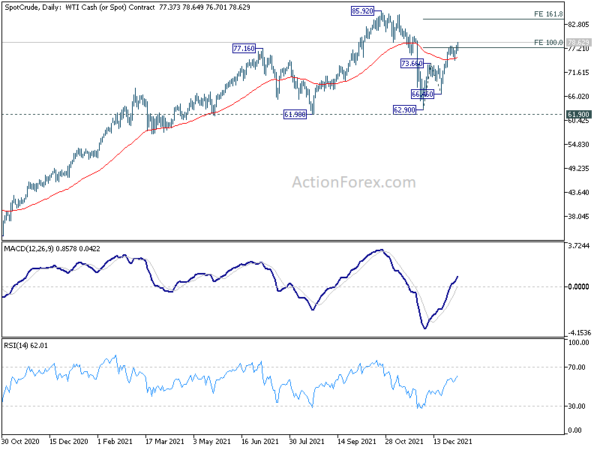
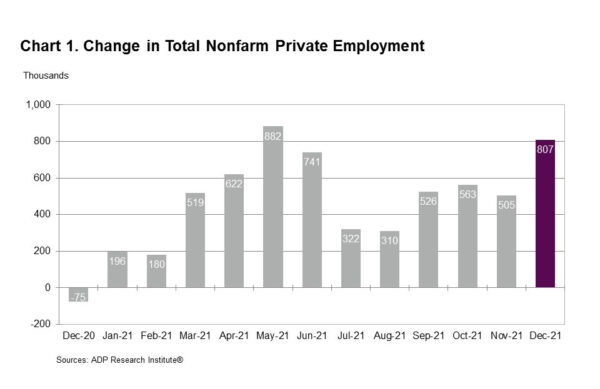


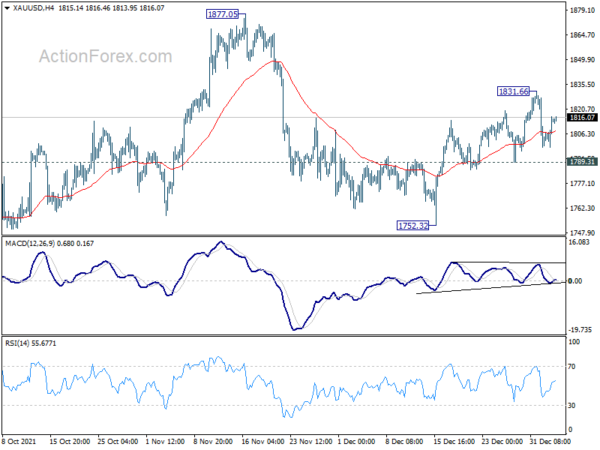
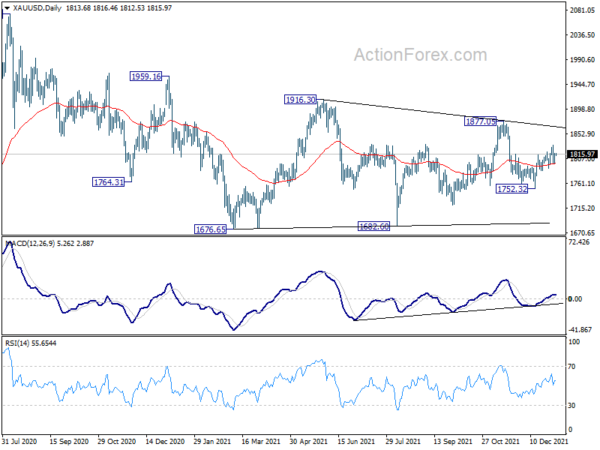
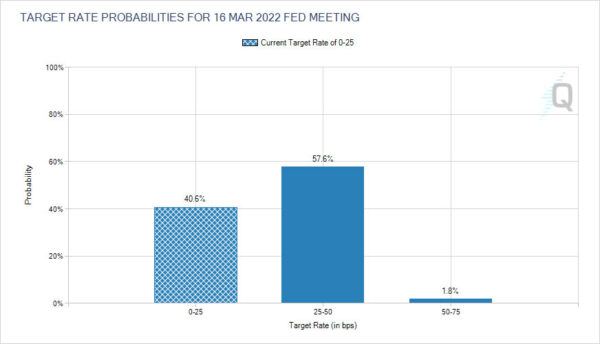
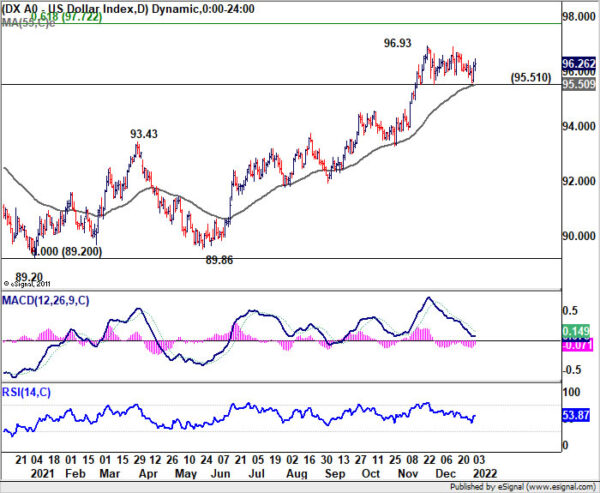
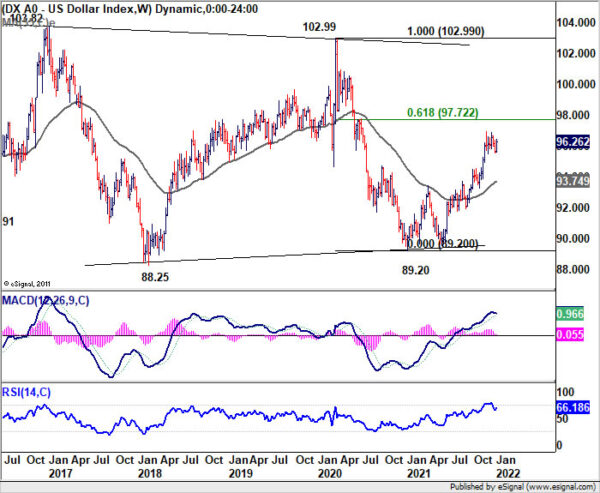
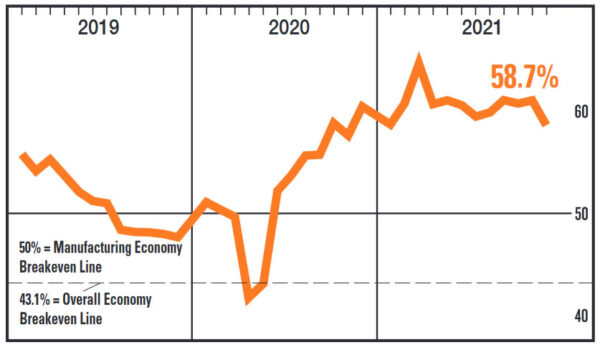
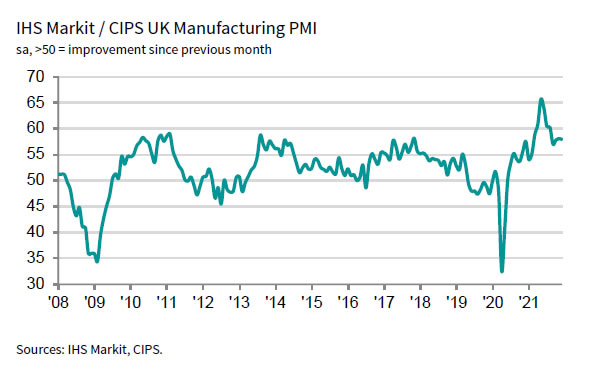
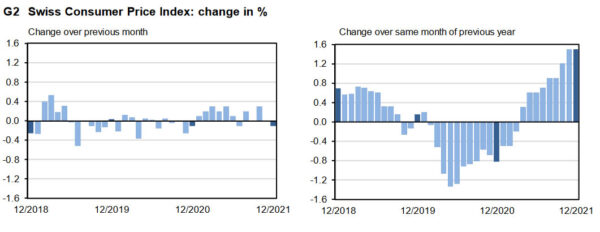
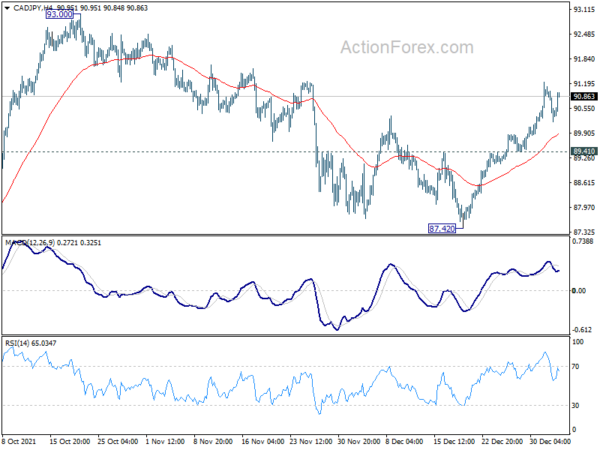
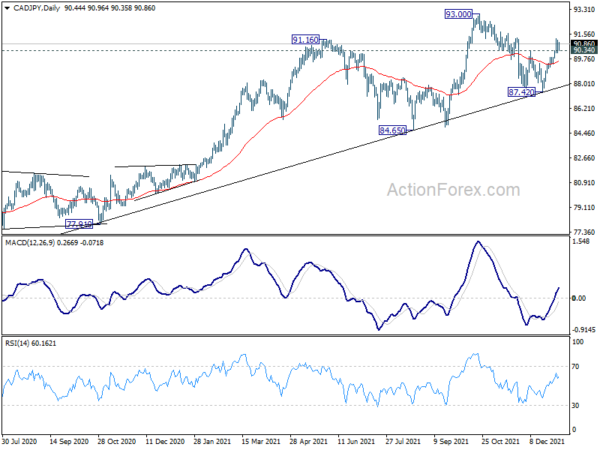
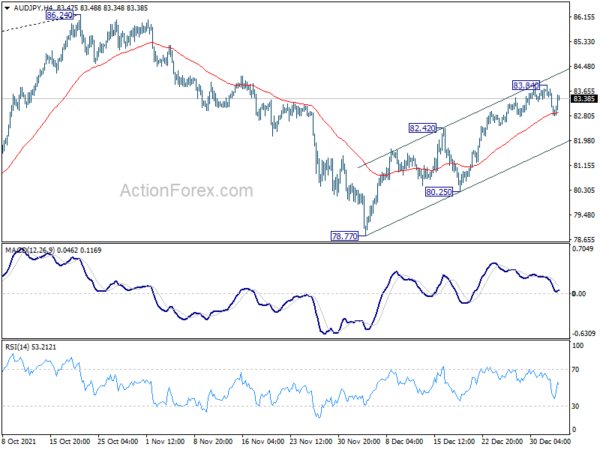
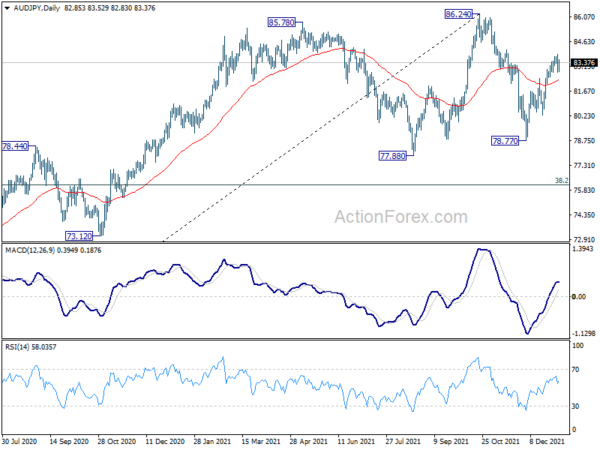

Fed Bullard: FOMC could hike as early as in March
St. Louis Fed James Bullard said yesterday, “the FOMC could begin increasing the policy rate as early as the March meeting in order to be in a better position to control inflation. Subsequent rate increases during 2022 could be pulled forward or pushed back depending on inflation developments.”
“There was a significant unanticipated inflation shock in the U.S. during 2021,” he said. “With the real economy strong but inflation well above target, U.S. monetary policy has shifted to more directly combat inflation pressure.”
“We could go ahead with balance sheet run off shortly after lifting off the policy rate,” Bullard said, and start reducing support for the economy “sooner rather than later.”